logi nie spełniające wymagań będą usuwane!
Stop the pigeon!
So, stop the pigeon!
...
Stop the pigeon!
Howwww?!
Nab him!
Jab him!
Tab him!
Grab him!
Stop the pigeon now!
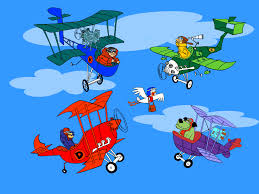
Gołębie odrzutowe
Tym wirtualem zapraszam Cię do poznania historii gołębi odrzutowych sławnych na całe województwo opolskie i odwiedzenia kilku ciekawych miejsc miasta Opola.
W latach 1914 - 1940, czyli czasach wojennych gołębiom przydzielona została bardzo ważna misja szpiegowska. Niepostrzeżenie wkradały się między ludzi by pozyskiwać cenne informacje z wrogiego terytorium.
Na zdjęciach umieszczonych przez Archiwum Państwowe w Fotoplastikonie, przez pewien krótki okres czasu można było dostrzec tych gołębich członków wywiadu w kilku ciekawych zakątkach Opola (czy też ówczesnego Oppeln).

1. Zamek Piastowski
Zaglądając w dziurkę pierwszą widzimy gołębia na Zamku Piastowskim (niem. Schlossteich)
- zamek na Ostrówku w Opolu, jego budowę rozpoczął w 1217 r. książę Kazimierz I opolski na miejscu wcześniejszego grodu Opolan. Zamek był siedzibą Piastów opolskich do śmierci ostatniego przedstawiciela rodu (Jana II Dobrego) w 1532 roku.
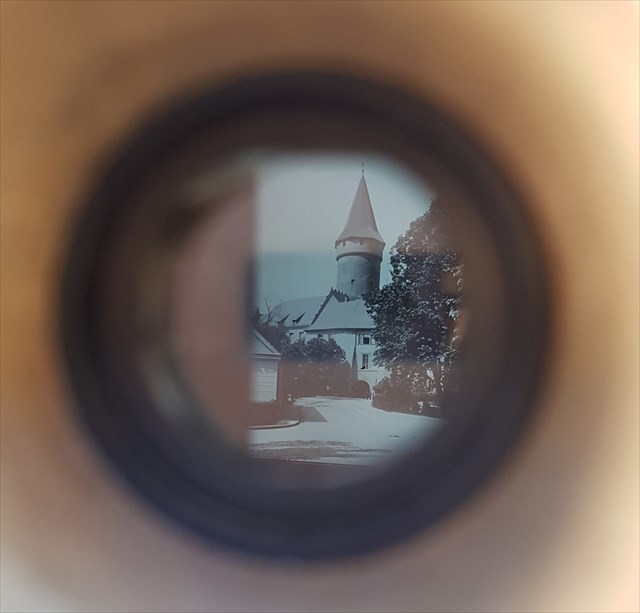
2. Ratusz
Na drugim zdjęciu w centralnym punkcie widać Ratusz.
- Ratusz ma kształt wzorowany na budynkach weneckich, pochodzi z tego XIV wieku. Obecnie wygląd różni się od tego sprzed wojen. Gołębie jednak wyglądają tak samo.
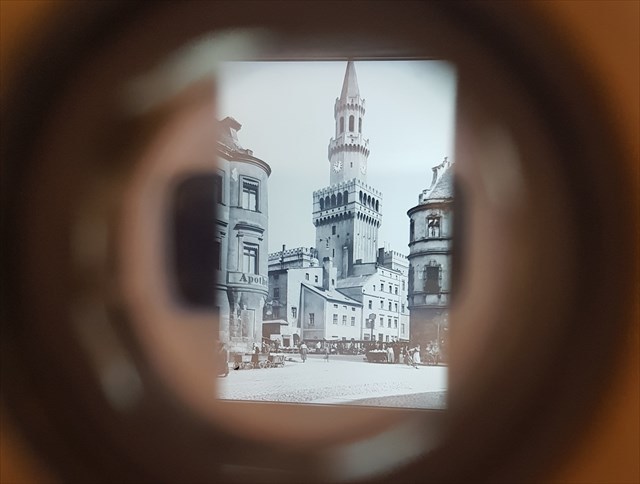
3. Rynek
Na trzecim zdjęciu widać kawałek Rynku w Opolu.
- Rynek zachował średniowieczny kształt, typowy dla ówczesnych miast tego regionu. Kamienice na Rynku zaczęły pojawiać się w XIV wieku. W 1945 podczas zdobywania miasta przez Armię Czerwoną, zniszczeniu uległa większość zabytkowych kamieniczek. Część z nich odbudowano po wojnie, jednak większość nie nawiązuje kształtem do dawnych, przedwojennych. Architekci polscy nadali nowym budynkom kształty nawiązujące do baroku.
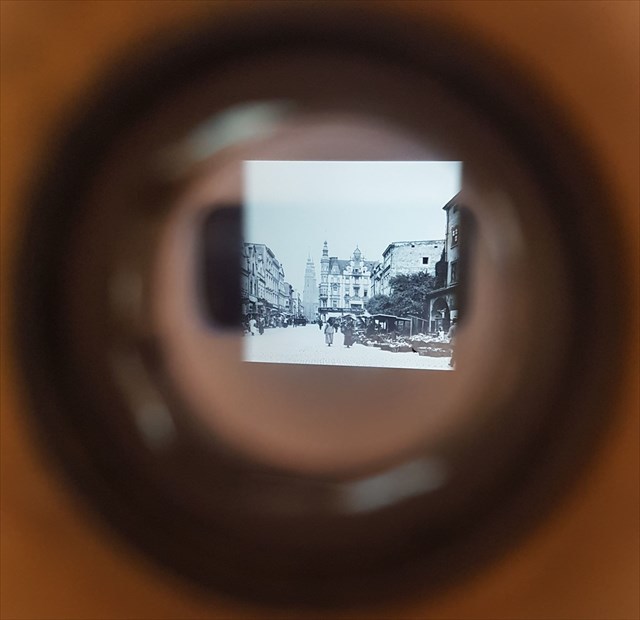
4. ul. Św. Wojciecha
Oprócz gołębia w tej ruchliwej części miasta widać również Kościół św. Wojciecha. Obecnie budynek ma inną nazwę, a po św. Wojciechu pozostała tylko nazwa uliczki.
- Kościół pochodzi z X wieku, który według legendy wybudowano w miejscu żarliwych kazań św. Wojciecha. Za kościołem po prawej stronie w były budynki klasztorne dominikanów, które w 1811 zostały przejęte przez komisję sekularyzacyjną umieszczone zostały tam w 1815 r. urzędy, w 1846 r. w części utworzono szkołę dla pielęgniarek, a od 1851 aż do 1945 roku działał tam szpital Das Sankt Adalbert Hospital. Obecnie Wzgórze Akademickie z wydziałem Humanistycznym Uniwersytetu Opolskiego. Po lewej stronie Muzeum Śląska Opolskiego.
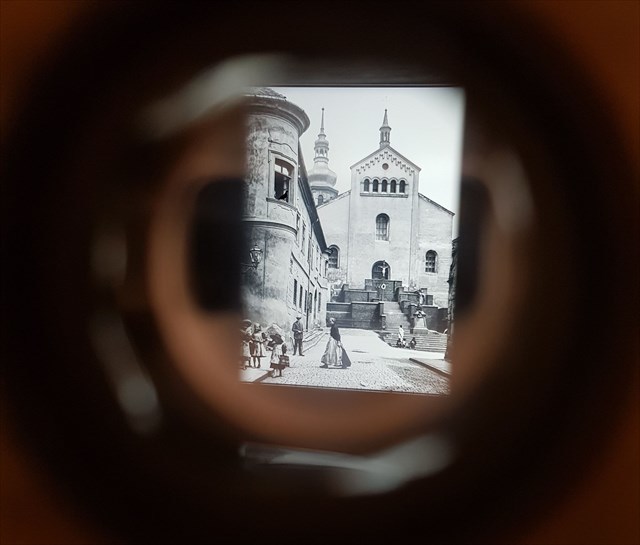
5. Plac Wolności Lata 30 XXw.
Najwięcej gołębi w mieście podobno można znaleźć na placach - czy w Opolu jest jak w każdym innym dużym mieście? Przyjdź w to miejsce i spróbuj je złapać. Jeśli Ci się nie uda, to przynajmniej widok jest wart przybycia.
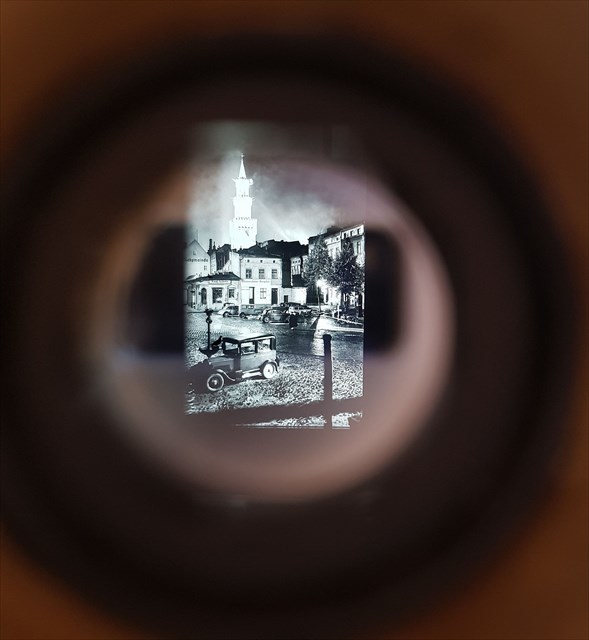
ZADANIE
Jeśli czytając listing znalazłeś na zamieszczonych zdjęciach gołębie, to teraz spróbuj złapać gołębia w obecnych czasach. Zadanie może nie być takie łatwe, gdyż mimo tych samych współrzędnych gołębie mogą się bardzo szybko przemieszczać - szczególnie jak zauwazą, że zostały zdemaskowane.
Aby zalogować znalezienie:
- Na którymkolwiek ze wskazanych etapów (5 waypointów = 5 etapów) złap minimum jednego gołębia (żywego) - na zdjęciu z tobą, twoim gps, twoim xWG, częścią twojego ciała (cenzuralną). Zdjęcie z gołębiem zamieść w logu. Zdjęcie musi być wykonane po dacie publikacji tego virtuala, w miejscu wskazanym waypoitem (spokojnie, jestem spostrzegawcza, a Opole to "moje" miasto).
- Współrzędne waypointów wskazują punkty z których wykonano zdjęcia do Fotoplastikonu. Ustaw się na współrzędnych w kierunku przedstawionego zdjęcia i udziel odpowieni na minimum 3 pytania. Odpowiedź prześlij w wiadomości przez mój profil.
- Etap 1 Zamek Piastowski - Jeśli dobrze się ustawiłeś/łas, po twojej prawej stronie jest niecodzienny pomnik. Jaką długość ma krawat tej osoby?
- Etap 2 Ratusz - Za twoimi plecami znajduje się zdjęcia na szkle. Co ono przedstawia?
- Etap 3 Rynek - Po twojej lewej stronie jest czerwona budka telefoniczna. Czy można z niej zadzwonić?
- Etap 4 ul. Św. Wojciech - Po lewej stronie, jeśli stoisz we wskazanym kierunku, jest wspaniała kamienica o czerwonych, białych i niebieskich cegłach. Co ukryto w jej wnętzu?
- Etap 5 Plac Wolności Lata 30 XX w. - W tym miejscu znajdował się przystanek autobusowy, który obecnie stał się dziełem sztuki. W środku jest tabliczka. Kto go wykonał?
................................................................................................................................................................................
[ENG]
Stop the pigeon
With this virtual cache I invite you to learn about the history of pigeons famous in the entire Opolskie state. You can also see some interesting places in the city of Opole.
In 1914-1940, the wartime period, a very important spy mission was assigned to the pigeons. They sneaked unnoticed between people to gain valuable information from the battle war.
In the pictures placed by the State Archives in Kaiser-Panorama, for a short period of time, we could see the spy birds in a few interesting places of old Opole (then germ. Oppeln).

1. Piast Castle
At the first view you can see pigeon at the Piast Castle (german Schlossteich)
- a castle on Ostrówek in Opole, build in 1217 by Prince Kazimierz I of Opole from the Piast Dynasty in the place of the former Opolan settlement. The castle was the home house of the Opole Piasts Royal Polish Dynasty until the death of the last representative of the family (Jan II Dobry) in 1532.

2. City Hall
At the second picture you can see the City Hall.
- the City Hall shape was based on Venetian buildings, it was built in XV c. Now you can see how the War changed it, but the pigeons always look the same.

3. Marketplace
On the third picture is the Marketplace in Opole.
- The Marketplace has retained its medieval shape, typical for the cities of this region.Tenements on the Market Place was built in the 14th century. In 1945 during the capture of the city by the Red Army, most of the historic tenement houses were destroyed. Some of them were rebuilt after the WWII, but most do not refer to the shape of the old ones. Polish architects gave new buildings shapes referring to the Baroque.

4. St. Adalbert Street
Beside the pigeon in this busy part of the city, you can also see the Church of St. Adalbert. Currently, the building has a different name, and after St. Adalbert is only the name of the street.
- The St. Adalbert church was from the tenth century, rebuild by Dominicans in twelfth century. According to legend the church was built in the place of ardent sermons of St. Adalbert. Behind the church on the right was the Dominican monastery buildings, which in 1811 were taken over by the secularization commission, they turn it to the town offices in 1815, in 1846 a school for nurses was created in part, and from 1851 until 1945 there was a hospital there Das Sankt Adalbert Hospital. Today this is the Academic Hill with Departments of Opole University. On the left side of the postcard is Museum of Opole Silesia.

5. Freedom Square 1930s
The most pigeons in the city normally you can find in squares - in Opole will it be that so? Come to this place and try to catch one of them. If you fail, at least the view is worth see.

TASK
If you have found pigeons in the posted photos by reading the listing, try to catch the pigeon now! The task is not so easy, because despite the same coordinates, the pigeons can move very quickly - especially as if they notice that you have unmask theirs undercover.
To log the cache:
- At any of the attached stages (5 waypoints = 5 stages), catch minimum one pigeon (alive) - in the picture with you, your GPS, your xWG, part of your body. Picture at to the log. The photo must be taken after the date of publication of this virtual. The picture must not contain the same objects as above (Opole is my home town I'll easly recognise if you catch the pigeon at the proper waypoints).
- Answer minimum 3 questions from the 5 stages at the waypoints. Answers send via my profile.
- Stage 1 Piastowski Castle - If you set up yourself the proper way, at the waypoint, there is an unusual monument on your right. What is the length of this person tie?
- Stage 2 City Hall - Stand the same way the old picture was taken. Behind you there will be photo on the glass. What is on it?
- Stage 3 Marketplace - On your left is a red telephone box. Can you make a call in it?
- Stage 4 St. Adalbert Street - On the left, if you are standing in the shown direction, there is a wonderful tenement house with red, white and blue bricks. What is inside it (you can read on the front doors or windows)?
- Stage 5 Freedom square 1930s - A bus stop was located here, which is now an art masterpiece. There's a sign inside. What is the name of the autor?
NOTE - logs without the requirements above will be removed!
..................................................................................................................................................................................
Virtual Rewards 2.0 - 2019/2020
This Virtual Cache is part of a limited release of Virtuals created between June 4, 2019 and June 4, 2020. Only 4,000 cache owners were given the opportunity to hide a Virtual Cache. Learn more about Virtual Rewards 2.0 on the Geocaching Blog.